

 |
![]()
This is the page for novels with
authors and themes that you'll find on the main pages,
but which are not set in
Venice, Florence or London.
The concept of both having cake
and eating it springs to mind, does it not?
Featured authors
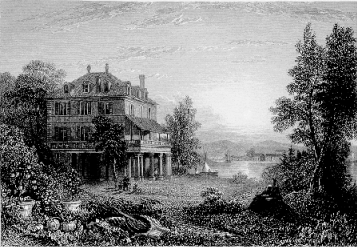 |
Federico Andahazi
The merciful women When Byron, Shelley, Shelley's future wife Mary, and her sister-in-law Claire clamber out of the boat that brings them to the Villa Diodati through filthy weather, a fifth figure follows them through the so symbolic storm. He is John Polidori, Byron's servant, and the central character of this book. The off-centre focus relegates the famously scandalous behaviour of the famous four to sexy background detail, and foregrounds a story of gory gothic goings on that could have been written by one of them for their spooky-story competition that produced Frankenstein. Having read Andahazi's previous, and first, book The Anatomist I was happy to find this a similarly short and sweet novel. It mixes the salacious with the over-the-top funny, pokes at literary pretension and fizzes along and is over in no time. Andahazi, an Argentine author, has written six more novels (and one work of non-fiction) since this one, none of which have been translated into English. |
|
Dan Brown |
||
|
|
||
|
Michael Dibdin Dead Lagoon is set in Venice and A Rich Full Death deals with the Brownings in Florence. |
||
|
Ratking Writing this in 2023, it's been a while, since Michael Dibdin died and since I've read one of his novels, which were amongst the founding books of this site, mostly read in the early 90s. So it's appropriate to finally read this, the first in the Zen series, as this site celebrates it's 25th anniversary and I finally visit the city where it's set. The story begins with Zen based in Rome but doing a job that's more admin than criminal investigation. The Aldo Moro kidnapping and murder is a hint dropped. But he's suddenly assigned a kidnapping in Perugia - more his old line of work. We're in the early 1980s here, then, so there is still a shop in Perugia selling bootleg cassettes and when Zen needs to report a robbery on his train he has the wait until he gets into the station so he can find a public phone. The days may have been simpler but the plot, people-reading, allegiances and motives are not. Reading it before visiting Perugia sure whetted my appetite to climb the streets and stroke the rough stone the author evokes. It was a frustration having no idea which churches Zen was spotting through his office window, though. The concentration on psychology rather than action will remind you of Donna Leon, where the churches outside windows are much easier to identify, but Dibdin is even more cynical, bordering on the bleak. And then you die It was Michael Dibdin who started me on this Italian-set crime novel thing with his Aurelio Zen novels. This one, like most of his novels, is not set in Venice or Florence; although Zen does pass through Florence in the early morning, and visits the market. He got seriously blown up by the Mafia in the previous book Blood Rain, and so it's with relief that we find him alive and convalescing on the Tuscan coast. He's got a false name and a court in America's expecting him to identify some bad men. His disposition following his long months in hospitals, and the recent death of his mother, is not the sunniest however. But a flirtation with an attractive woman on the next beach lounger, and the fact that on the next lounger in the other direction a corpse is catching some superfluous rays, warms things up for our hero more than somewhat. This is a slim novel of characters, rather than plot twists, even if things do turn around a bit towards the end. You care, and root for, Aurelio even when events border on the farcical. |
Back to Bologna
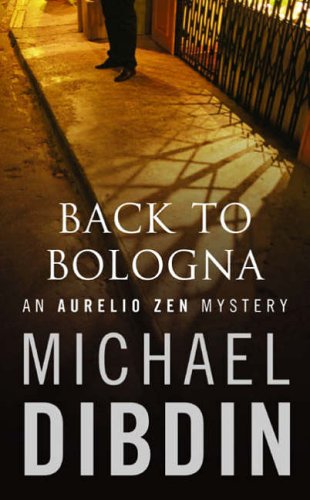 And if you thought that the book above bordered on the farcical - this one has upset a lot of fans by being even broader, but I enjoyed it. I think that Mr D is trying to spice up his writing and make this book a bit more knockabout and modern. He does a good job but in the process he sacrifices some of the tension and, well, seriousness he's known for. Look out for characters called Brunetti and Guarnaccia too - names cheekily nicked from the novels of the Ms's Leon and Nabb.
End games
|
|
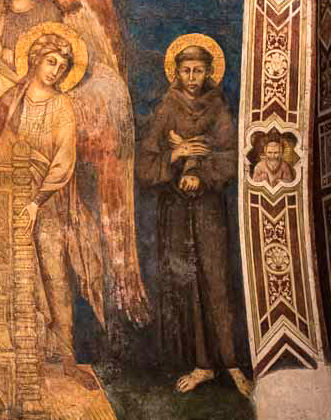 Tinney Sue Heath Tinney Sue Heath Lady of the Seven Suns: a novel of the Woman Saint Francis called Brother The author's A Thing Done was a novel set in Florence that I liked lots a few years back. This one deals with the life of Francis of Assisi from the viewpoint of a rich Roman patrician woman, Giacoma dei Settesoli, who becomes an acolyte, friend and a sturdy supporter. The pair's lives intersect at intervals over twenty years, with Francis usually uniquely helping Giacoma with spiritual and domestic troubles big and small. The novel tells more of lives lived, and enhanced by belief, than of matters of medieval theology or church politics. But that's not to suggest that this is a book full of unworldly piety - Giacoma in particular is presented as a voice of sense and pragmatism, almost cynicism at times. The historical, or at least hagiographical, background to all this is sound, and was convincing and moving for this student of art, and the related religion. The humanity is what you'll take away, and I think it will make you look at the many paintings of Saint Francis with extra understanding, and maybe even knowing grins. Philip Gwynne Jones The Magus of Sicily Having become a fixture of the Venice page of this site with his novels featuring Nathan Sutherland, translator-for-hire and English Honorary Consul to Venice, Mr Jones has decided to branch out and, as of 2025, is to alternate his old series with a new one, set on Sicily. From the start of this one we're not sure if this new series is to star an ambitious young female journo or a shady magician. Both are connected to the suspicious drowning of a disreputable and much-hated medium. Discoveries and revelations ensue as characters are revealed in ways direct and subtle, as we have come to expect from this author. Almost all the mediums are charlatans and/or frauds - the exception has a dachshund and an owl. Unlike the author's other series there are no central-character cats, disappointingly, but there are more cannoli consumed here than Negronis drunk. And not one mention of Hawkwind! So I confess that my initial disappointment at no Nathan novel this year has been soundly replaced by a keen anticipation of 2027's Sicilian outing. |
|
|
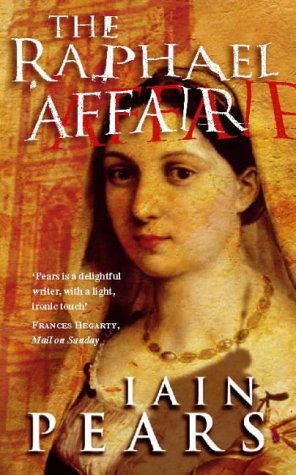 |
Iain
Pears The Raphael Affair It's a rare crime novel with an Italian setting that isn't concerned with corruption and complicated politicking, and this one's no exception. This is the first in the series, the one where bumbling English art historian Jonathan Argyll first teams up with lovely Italian art cop Flavia di Stefano. They meet when Argyll is arrested in a church in Rome that he thinks houses an undiscovered painting by Raphael - undiscovered because a later painter had painted over it to enable it to leave the country undetected to be sold abroad. The plot is nicely convoluted and contains lots of interesting business about dealing in, smuggling, and faking art. There's a gripping showdown in Siena and the cover features my favourite Raphael portrait, which you'll find in Florence. The Titian Committee is another in this series, set in Venice, and Pears' Stone's Fall, not in the series, has considerable Venice content. |
|
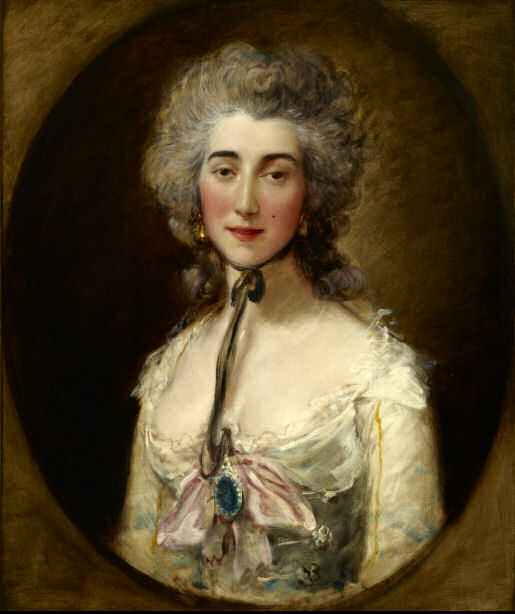
|
||
|
|
The 2004 Henry James
biographical novel glut
| David Lodge
Author, author It's the subject of this novel who counts as featured here rather than the author. This was the third novel published in 2004 to deal with the life of Henry James. Here it's a relatively straightforward fictionalised account of his middle years, his relationship with George DuMaurier (who shares my birthday, by the way) and his confidence-crushing forays into writing for the theatre. The action is mainly set in London and England, but there are visits to Florence and, of course, Venice. The topographical is not important here though. Henry shows Florence to Constance Fenimore Woolson, so inspiring a short story and her love. This is never consummated and HJ, we are told, never experiences the act of consummation with anyone, male or female, in his whole life. This fact may be hard to believe, but his life and character makes it seem less so. There are many delightfully waspish exchanges between HJ and Miss Woolson in this novel, but she ends her own life tragically in Venice, with our hero's lack of expressed love for her maybe a major factor. I was left wanting to know more about her, which lead to this page. The centre of the book, though, is HJ's relationship with DuMaurier and his family. It presents them as the suppliers of the most necessary human hub in his life and puts them at the centre of the social and professional whirl of his later life. DuMaurier was an influential cartoonist for Punch - he drew the famous one (right) about the curate's egg that coined the phrase - and went on to write novels when his eyesight failed him. Foremost amongst these is Trilby, the biggest selling international fiction phenomenon ever, in its day, and the inspiration for cash-in items from sausages to hats. To say that Henry James was not unconditionally happy for his friend is a considerable understatement. You'll finish the book a little saddened for the man, who never really lost himself to another human being, and who never knew how fully, indeed excessively, his artistic ambitions were to be realised decades after his death. Alan Hollinghurst The line of beauty The third in this sequence was not about Henry James in any real sense, it just featured a central character whose only real work was on his post-grad thesis on the author. The fact that he's gay, and that the book deals with the kind of rampant sexuality so alien to HJ, might constitute a link. But really this is more a dissection of the hedonistic 80s, power, privilege and friendship. It's a fine book, more feeling than the Lodge and running the Tóibín a close second, but not Jamesian in any overt sense, although that's what it's said to be. |
Colm Tóibín
The Master |
Dutch Art
There was a sudden rash of Dutch
Golden Age-related
novels as the last millennium ended.
The Vermeer-era dominates.
|
|
Michael Frayn Headlong
In which a man gets well out of his depth and just about escapes with his life. An academic couple take their baby, which they've named after a brand of rice for some reason, down to their country cottage and take time off to get a little writing done. An invite from the local land-owner to dinner, in his cold and damp pile with his hot and unhappy wife, and his post-prandial invitation to his guests to give their informed opinions on a couple of old paintings, sets in motion a semi-farcical, semi-surprising roller coaster of art and greed and confused intentions. Our hero, the husband, thinks that one of the paintings is a long lost Brueghel, you see - one of the lost episodes in his cycle of the seasons - and he also thinks that he can get the painting, and the glory of its discovery, for himself. The subsequent shenanigans are a hook upon which is hung much Brueghel scholarship and, quite frankly, I ended up caring more about Brueghel than the characters in the book. But it grips, eventually, and informs, and the characters have a warm believability, at times. Deborah Moggach Tulip fever A novel dealing with the three most famous aspects of the Dutch Golden Age - art, money and tulips. The elderly husband speculates in tulip bulbs (a commodity with which fortunes could then be made) whilst he and his wife are having their portrait painted, and she is having secret sex with the artist. It would make a nice change to read a novel where the wife of a boorish young artist finds love and orgasms in the arms of a sensitive elderly merchant, but this is still an involving re-telling of a timeless tale. |